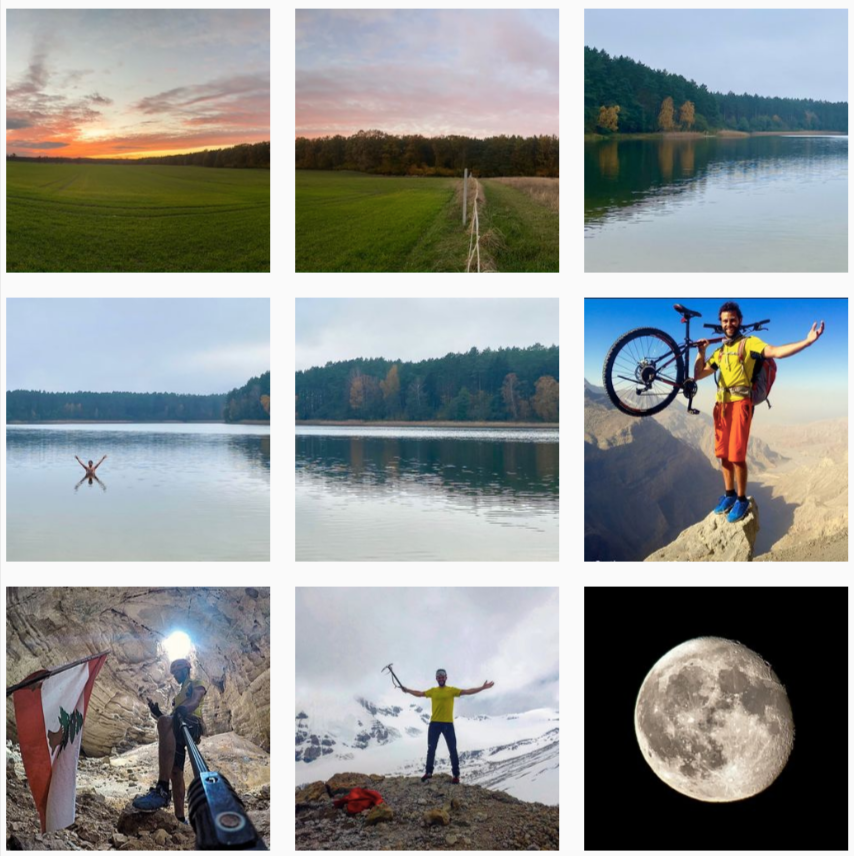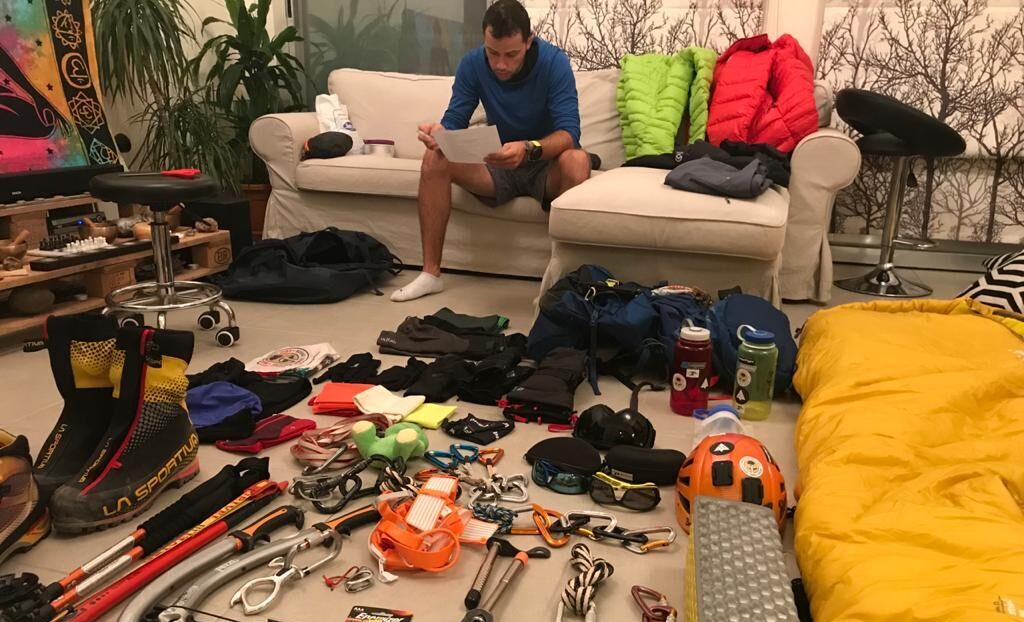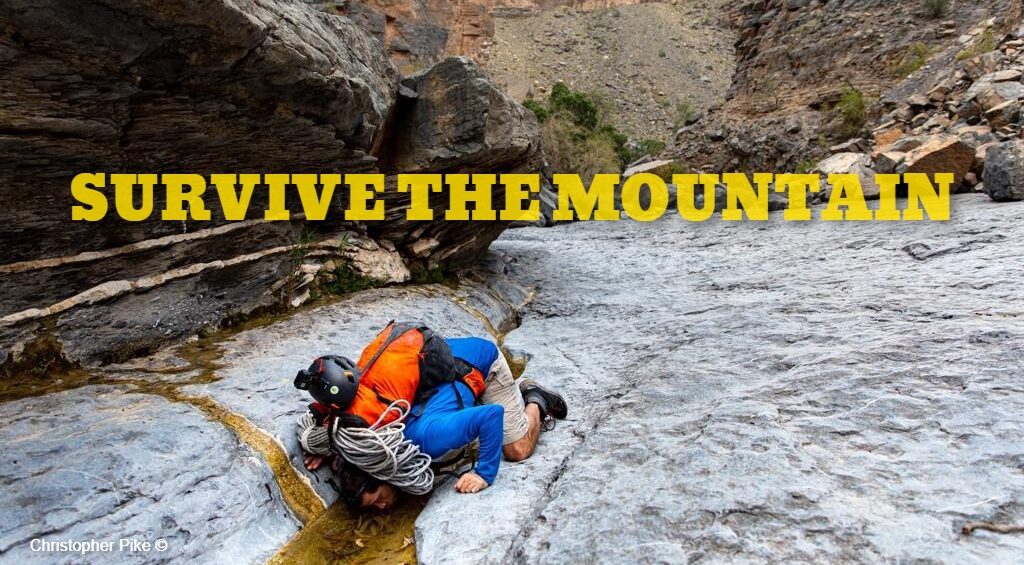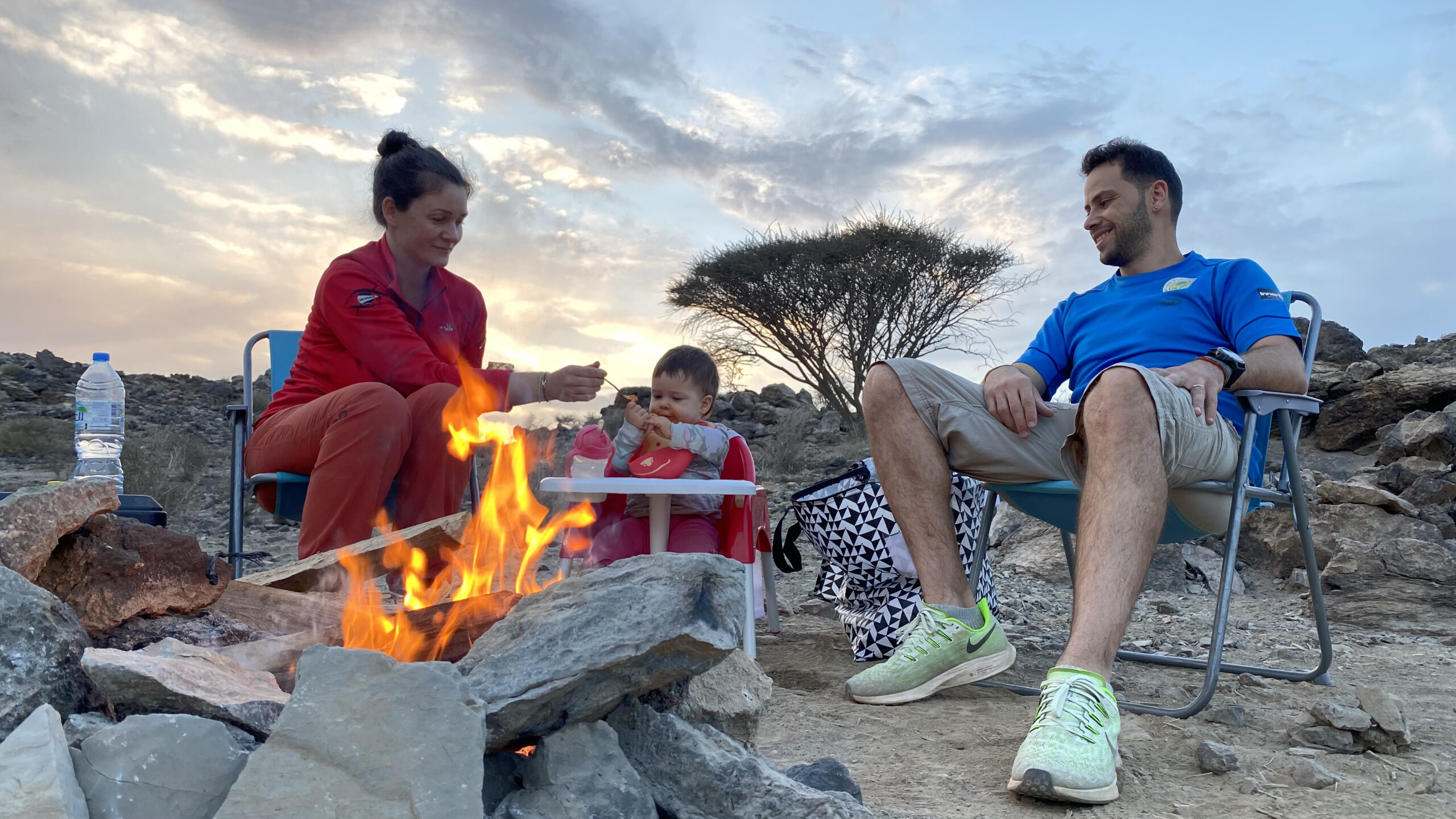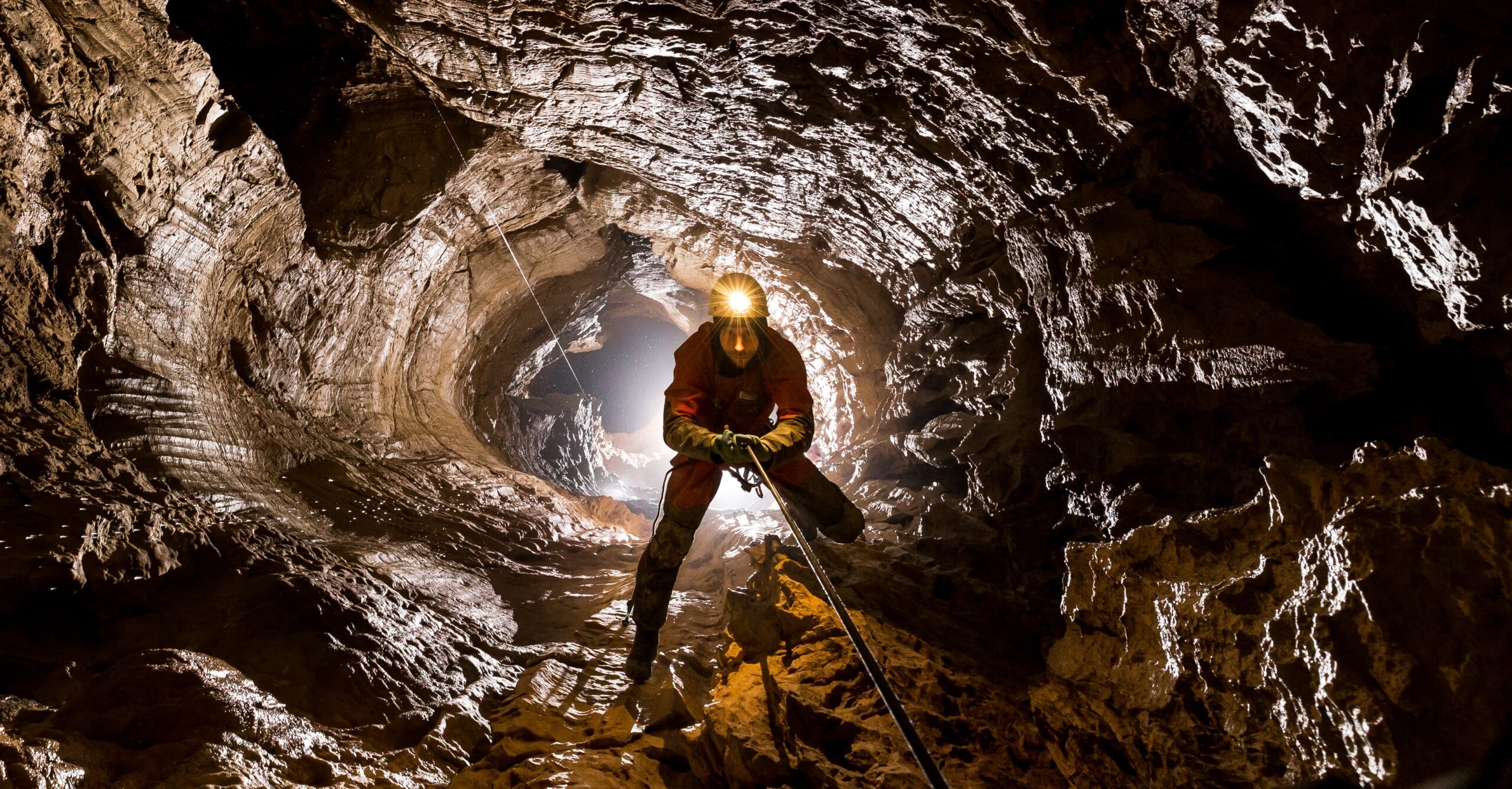When it comes to outdoor gear care, there is no size fit all… there are many variables that will shorten your gear’s life span, and these variables are too impacted by many factors such as:
- The type of gear you have
- The year they were manufactured
- The manufacturing material
- The place you store them in
- The place you use them at
- The weather you use them in
- The usage frequency
- And last but not least, the way you care for them
Let’s clarify one more point, outdoor gear can be a variant of endless types and sports. In this blog post, I will talk about the basic most used camping and hiking/trekking gear…
Why Outdoor Gear Care:
Outdoor gear care has various pros. But here’s the most important 3 factors:
- It will last longer
- It will remain reliable
- It will cost you less money
Before we dive deeper into the specifics of the outdoor gear care, I would like to share my 7 rules & guidelines for better gear care:
- Lend your gear to anyone. And then forgive them for returning it broken or not returning it at all.
- Abuse your gear and don’t care for it. there is nothing better than damaging your gear and being careless about it.
- Keep it wet. Your gear loves being wet, to get mold, and tear down faster.
- Leave it dirty. Yeah, why clean it when you want to use it again! Ain’t nothing better than some mud stuck on it.
- If a zipper isn’t working, leave it be, it is destined to be broken. So do not proof nor maintain your gear when needed, it is not natural to do so.
- Do not label nor log your gear. The last thing you want is to be able to identify your gear when mixed with other people. Nothing better than losing your loved items.
- Storing your gear is overrated. Trust me, the best thing that can happen to your gear is being damaged by storing them in bad places.
Camping gear care:
Tent:
When setting up the tent:
- Pitch your tent on a smooth flat surface. This will avoid tear from sharp objects, and from water (if raining) accumulating in one spot.
- Use an under-tent tarp to protect the bottom of the tent.
- Tighten the tent’s cords and tie them well to the tent pegs. This is will avoid the tent material from tearing up.
- Pitch your tent away from the fireplace.
- Try not to step inside of your tent wearing your shoes.
- Don’t pitch your tent next to a bear’s cave.
When putting down the tent:
- Release all cords, open the door(s) and turn it upside down (door downwards) & shake the dirt out.
- Packing a wet tent leads to smelly and moldy polyester. Dry it out before putting it down, unless it is raining of course. The sun should help, but too much sun is not good for the material. So be moderate about it.
When you are at home:
- Pitch it as soon as you are back home.
- Keep it to dry out.
- Sweep with a wet sponge the dirt.
- Inspect the tent for holes and seal them with a repair kit.
- Do not wash it in a washing machine.
- Zippers need extra care, so brush them well and it is a good idea to wax them from time to time.
- I like to keep a small-sized bag of dry lavender when I pack my tent away.
- If you really want to take tent care to another level, do not store it in its bag, rather fold it loosely to keep breathing out.
Sleeping bag:
This is where it gets complexed! So many things to know and in my opinion, you do not need to know it all. I will try to simplify it this way, there are 2 types of sleeping bags: the ones filled with synthetic and the others filled with down. And either of the choices can be very pricey.
- Synthetic can get wet; hence it can be washed (follow the manufacturer instruction). However, don’t make it a habit as it loses its warmth grade. You can also wash it with Nikwax Tech Wash
- Down should not get wet as wet down does not function and loses its characteristics. Though there is new tech that treats down and makes it waterproof… they are still far from being perfect. So, try not to get your sleeping bag wet. You can wash it using Nikwax Down Wash, I would recommend using a Dry-Cleaning service.
A sleeping bag is your comfort area, where you want to rest and get a good night’s sleep. So, the last thing you want is a smelly and dirty sleeping bag.
Here’s how to increase your sleeping bag’s life span:
- Wipe it well from inside and outside.
- Air it out after every use. Even better in the sun.
- Take care of the zippers by waxing them often.
- I recommend investing in a liner bag to use.
- Store them in a loose bag, and NOT in their stuff-bag.
- Hang them in the closet. And make sure it is a dry area.
Mattress:
All you need is to scrub it with a wet towel and bit of soap. bush the hard spots with a toothbrush.
Headlamps & camping lights:
- Make sure they are off.
- Make sure they are off. No, it is not a mistake writing this twice. The switch buttons tend to snag on other items and go on. Hence you get drained batteries, if not an overheated burned light.
- Remove the batteries when you are not using them.
- Store it in a dry place.
Hiking & trekking gear care:
Backpack:
- Empty the pockets or mold will creep up on it. if my bag had a mouth, it would complain about the rotten cucumbers… so yeah!
- Turn it upside down and empty all the dirt. Feel free to vacuum it.
- You don’t have to wash it every time you use it, clean the dirty spots with a soapy wet towel.
- Every year or so, or after a big trip, you can give your bag a full wash. (read the manual first, bla bla bla…)
- Do not wash it in a washing machine! A hot tub or a rinse in a shower will do the trick.
- Take the bag apart (some bags have extra attachments and pockets…).
- Scrub it with soap and a brush. Then make sure to rinse it very well.
- Leave it hanging to dry out completely.
- Test all the zippers and wax them often.
Hiking & trekking shoes:
- Use the right shoes for the right terrain and season, or else you are going to damage them beyond repair.
- Remove all the mud with a stick and a brush.
- Remove the insoles and the laces and wash them in the washing machine (do not use hot water!).
- Some shoes can be washing in washing machines, so that’s cool. Others cannot be. So you will have to rinse them in a bucket…
- Dry them and them store them in a cool dry place.
Trekking poles:
- Dismantle them.
- Clean them with a brush/towel and some water.
- Dry them well before storing them.
- Both the handles and the bottom sharp side can be changed. Depends on the brand.
Rain jacket/pants:
Not much to know about except washing your rain jacket/pants often will wear off the protective layer. So, if you do wash them often, invest in an impregnating waterproof spray.
Soft jacket/pants:
Most outdoor clothing can go in a washing machine, but I recommend following the label instruction of each of your pieces.
Down jacket/pants:
Follow the same method of cleaning a down sleeping bag.
Water bottle & reservoirs:
When it comes to cleaning water bottles, it couldn’t be easier, toss them in the dish washer and tada!
But if you have a water reservoir, all you need is warm water, a table spoon of baking soda and a brush. Soak it for 30-40 minutes, then brush it well. Run water through it a few times then dry it. PS: purchasing a special kit (brushes) would
Storage:
- Don’t dump all your gear in one box.
- Organize it, and give it space to breathe.
- Best is to store them in plastic boxes.
- Do not store it in a humid area.
- Do not store them under direct sunlight.
- Use anti-humidity aids to keep humidity at bay. I like charcoal bags. But there are other options.
Extras notes:
- Designate few brushes for gear cleaning.
- Invest in a good wax tube or lubricant for zippers.
- Get a good water reservoir cleaning kit.
- Keep a tent repair kit at hand.

